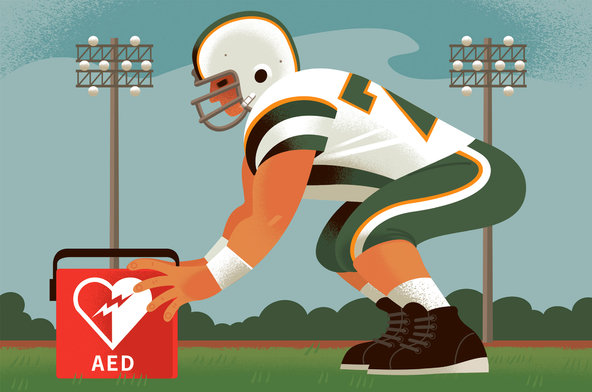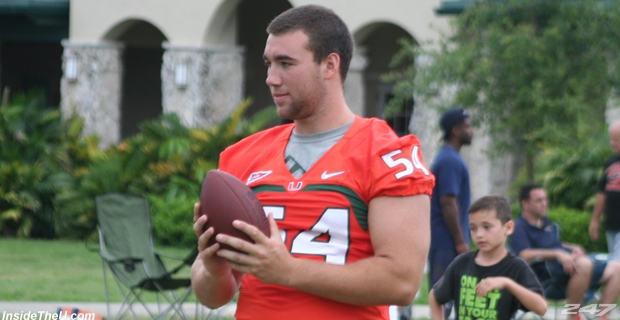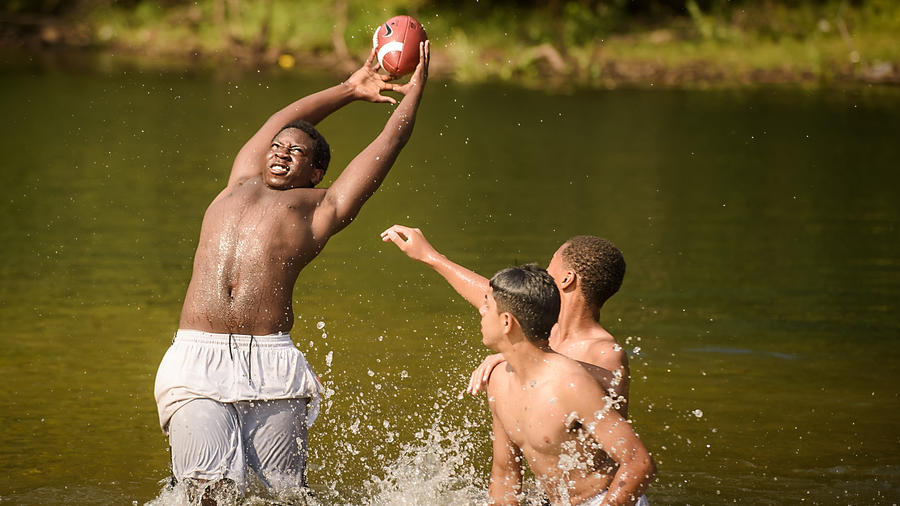
Article reposted from Mycentralnewjersey.com
Author: Greg Tufaro
The New Jersey Scholastic Athletic Association is among the best in the country in the area of managing injury risk to high school student-athletes, according to the Korey Stringer Institute’s national ranking of statewide athletic associations.
The NJSIAA, which has long been a leader in implementing and adopting safety protocols, ranked fourth out of 51 statewide athletic associations, according to the institute’s Health and Safety Policy Ranking for High School Athletics, which was released during a press conference at the NFL’s headquarters in New York City last week.
North Carolina, whose state university runs the National Center for Catastrophic Sports Injury Research, was found to have had the most comprehensive health and safety polices in place for secondary school athletics. Kentucky, Massachusetts and New Jersey followed.
NJSIAA officials, who have yet to issue a press release regarding their national ranking, may be reluctant to do so after National Federation of State High School Associations Executive Director Bob Gardner rebuked the institute’s report in defense of NFHS members who scored poorly.
Gardner alleged the institute’s assessment provided “an incomplete measurement of the efforts employed by states to assist their member schools with heat, heart and head issues” and claimed the rankings are “based on a limited number of criteria.”
A MyCentralJersey.com analysis of the NJSIAA’s policies as graded by the institute appear to corroborate the national ranking of the NJSIAA, which has long been regarded as a model for other statewide athletic associations.
Established at the University of Connecticut following the death from exertional heat stroke in August 2011 of former Minnesota Vikings football star Korey Stringer, the institute’s mission is to provide research, education, advocacy and consultation to maximize performance, optimize safety and prevent sudden death for athletes and others.
Gardner said NFHS members have “been promoting risk-minimization precautions in their schools’ athletic programs for many more years than the seven-year existence of the (institute)” and questioned why the institute “has proclaimed itself as judge and jury of heat-illness prevention and other safety issues.”
According to the institute, 735 secondary student-athletes died and another 626 suffered catastrophic injuries nationwide from 1982 to 2015 as a result of direct (athlete-to-athlete or athlete-to-object) and indirect (exertional heat stroke, sudden cardiac arrest, asthma) causes. The leading causes of death were sudden cardiac arrest, traumatic head injuries and exertional heat stroke.
The institute used a rubric to asses each statewide athletic association in five equally weighted areas including sudden cardiac arrest, traumatic head injuries, exertional heat stroke, appropriate medical coverage and emergency preparedness.
Current evidence-based best practices from the Interassociation Task Force for Preventing Sudden Death in Secondary School Athletics published in the Journal of Athletic Training in 2013 were used to create the rubric.
The NJSIAA received a perfect score on the sudden cardiac arrest section and a perfect score on the heat acclimatization portion of the external heat stroke section.
With 90 percent of its member schools having a certified athletics trainer on site, the NJSIAA scored well in the appropriate medical coverage section.
In the area of emergency preparedness, the NJSIAA received a high score for member schools’ emergency action plans and for the CPR/AED and first aid training coaches receive.
Despite the state legislature intervening in the area of concussion, the NJSIAA received just six of 20 points in the traumatic head injuries section, losing 10 points because coaches do not require certification in Heads Up Football training, a player safety program USA Football developed five years ago.
The NJSIAA would have fared better in the exertional heat stroke section had it predicted its policy regarding heat-related illness on the Wet Bulb Globe Temperature (WBGT) monitor, which experts believe is a better gauge than the heat index in determining potentially hazardous environmental conditions for exercise.
State Sen. Patrick J. Diegnan said earlier this month that he will introduce legislation mandating that all school districts purchase and utilize a WBGT monitor.
Diegnan has been a longtime supporter of student-athlete safety. He sponsored and authored legislation regarding the NJSIAA’s current concussion policy and the New Jersey State Department of Education’s current policy on sudden cardiac arrest in student-athletes.
The NJSIAA’s steroid testing policy – the first of its kind nationally and one that was implemented a decade ago – was not factored into the institute’s assessment of the statewide athletic association.
“Certainly, there is room for improvement, and the American educational system will continue to be resource-challenged,” Gardner said regarding the institute’s rankings. “Providing more research data, as well as funds to enact more prevention programs, would be much more useful than giving grades to these associations.
“Schools will need more funding, more defibrillators, more athletic trainers and more constructive legislation. With the assistance of everyone who cares about young athletes, including [the Korey Stringer Institute], we can keep getting better.”
The institute believes preparing for an emergency should be the top priority for schools to ensure the safety of their athletes. Through the implementation of required policies and procedures, schools can be well prepared in the unfortunate event of a catastrophic injury.






